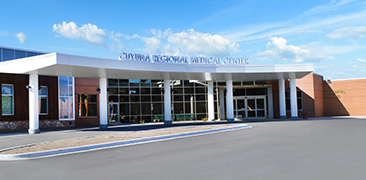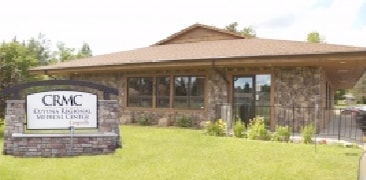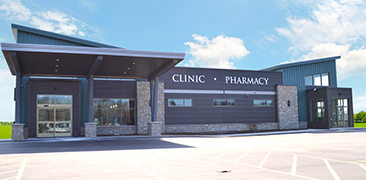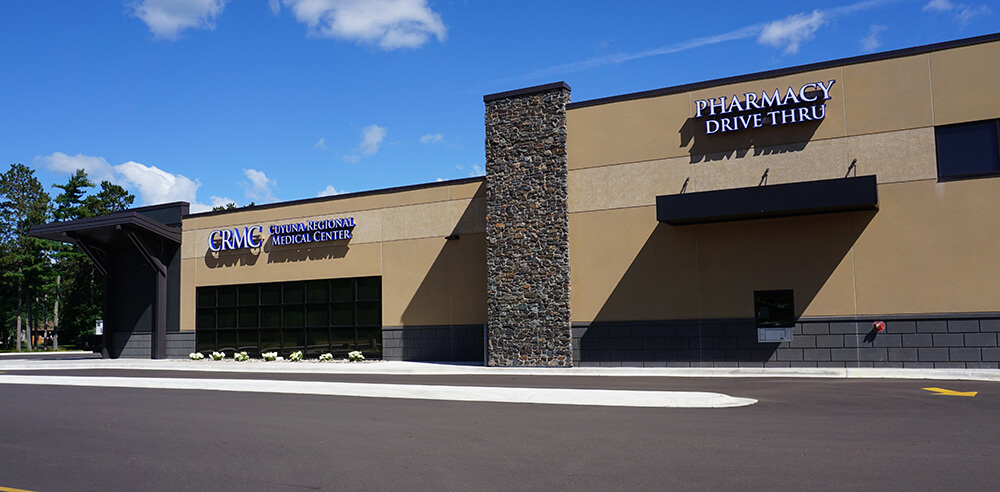This is a broad but important topic. In short, a cesarean section is when the baby is delivered through an incision in the uterus. While the incidence of cesarean section (c - section) varies regionally, in general about 1 in 4 babies are delivered this way.
The reasons for c section are many but some of the more common are:
- Failure of the cervix to continue to dilate.
- Abnormal fetal heart rate in labor
- Twins in some cases. For example, if the first baby is too big or not head down, a c section is likely to be recommended.
- Abnormal placenta location: placenta previa is when the placenta is located over the cervix .
- Concerns that baby is too large for a safe vaginal delivery.
- Breech baby (not head down).
- Active herpes infection.
- History of anal sphincter trauma with vaginal delivery.
- The patient requests a c section.
Anesthesia: before coming to the operating room, the patient meets the anesthesia clinician and the rest of the OR team- the OB nurses, circulating nurse, and your doctor. A spinal anesthetic is administered in the operating room. This process is explained beforehand and usually takes a few minutes. After the spinal is in place, the patient lays down on the bed as this anesthetic starts to work rapidly- numbness will occur from upper abdomen to toes. A catheter is placed in the bladder after the patient is numb from the spinal. This is later removed once the spinal has worn off.
Most patients choose to have their significant other/family member present for the c section. Family member(s) are brought to the operating room after the spinal anesthetic is in place and before the actual cesarean section is started. At CRMC, we make every effort to make this a family friendly delivery- there is a clear drape if one wishes to watch the delivery. Some patients have music requests.
A test is done on the skin to ensure that there is numbness before starting the surgery. An incision is made about 2 centimeters above the pubic bone in a horizontal fashion. It typically takes several minutes from the time of skin incision to delivery of the baby. We show you the baby right away and make every effort to give some degree of skin contact while your doctor is finishing the surgery. Pictures of baby are often taken in the operating room. Barring any unexpected circumstances, you can choose to have the baby stay in the operating room or baby will be escorted back to the OB nursery accompanied by an obstetric nurse. The significant other or support person are encouraged to come as well. Once in the nursery, baby’s weight and measurements are done. The baby is kept warm and comfortable until mom returns to the OB unit and can be reunited baby. Upon mom’s arrival, skin to skin is encouraged and rooming in is also promoted to support bonding and breastfeeding. All assessments and interventions can be done in the room in the presence of family if desired.
After the c section, a tap block can be performed before leaving the operating room to provide longer pain control for the few days following recovery. This is done by the anesthesia clinician using an ultrasound to block the nerves that run along the sides of the abdomen. This helps to decrease narcotic use somewhat after c section. Typically, the Foley catheter is removed about 12 hours after surgery. You can eat usually within a couple of hours after a c section. Breastfeeding right away is encouraged and our lactation certified nurses are there to help you. The IV is usually left in place overnight in case medications are needed. A blood draw is obtained the day after c section, if normal the IV is removed. We encourage walking at least a few times a day. Patients stay between 2-3 nights typically.











